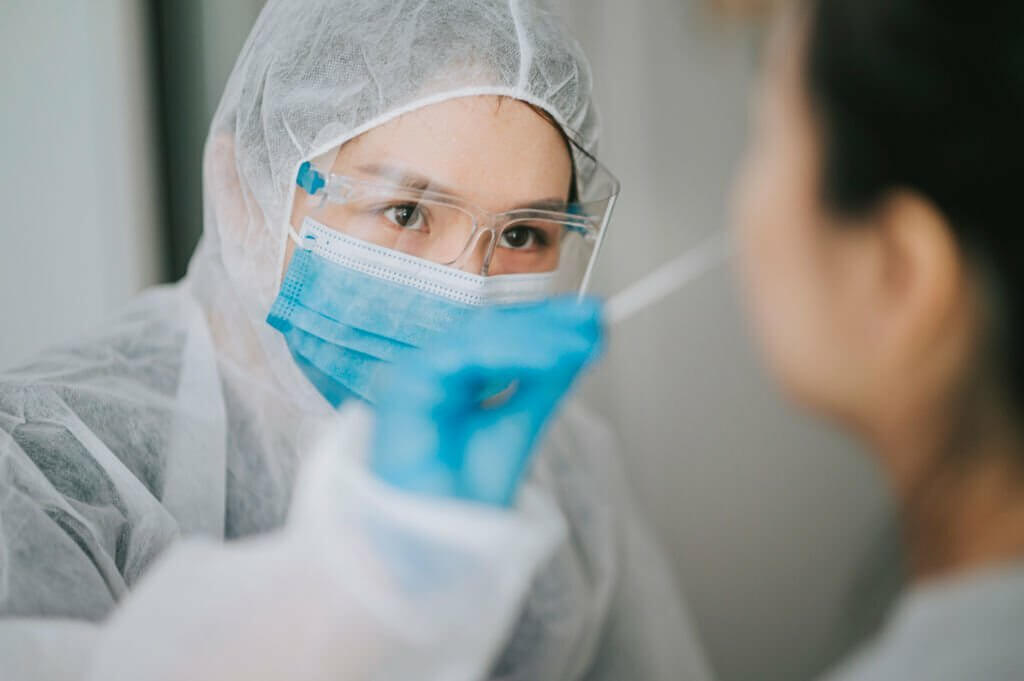The Feasibility of Nasal Sampling Swabs for Respiratory Infection

How well were self-collected nasal swabs accepted by participants?
Self-collected nasal sampling swabs were well accepted with over 99% of adults and 96% of children in a study in 2019 indicating willingness to participate in a longer nasal swabbing scheme. The procedure was mostly perceived as uncomplicated and non-injurious, with only brief discomfort reported by some children. The high rate of acceptance suggests that self-swabbing is a conceivable surveillance method for respiratory infections.
What was the timeliness and completeness of swabbing?
Timelines and completeness of sampling were satisfactory. 90% of nasal sampling swabs were taken within 3 days of symptom onset. A respiratory illness was reported online for 89% of symptom swabs, suggesting good adherence to the study protocol. When timing flexibility was allowed, 94% of swabs had a corresponding illness report. Swabbing rates were not influenced by illness severity. The timely and complete sampling demonstrates feasibility for self-swabbing surveillance.
How valid were the microbial results obtained?
The microbial results were valid with human genomic DNA detected in all swab samples, confirming that samples contained nasal cells. Influenza positivity rates for symptomatic participants with influenza-like illness (ILI) were comparable to those from the physician sentinel. For ILI patients, influenza positivity rates were 10 to 20% during peak activity. However, some non-ILI symptomatic patients also tested positive for influenza, indicating the potential for better case capture. Rhinovirus/enterovirus positivity rates trended higher than those from sentinel testing. Children had a higher pathogen yield than adults. The validity testing confirms that self-swabbing can generate useful microbiological data at the population level
Could self-swabbing supplement current respiratory infection surveillance?
This feasibility study demonstrates that self-collected nasal sampling swabs from a population cohort can support respiratory infection monitoring. The method was shown to be feasible, timely, valid and well-accepted by participants for implementation in surveillance. As self-swabbing allows sampling outside clinical settings, it may provide complementary population-level data to current sentinel physician systems. With further evaluation and refinement, self-swabbing appears to be a promising supplementary tool for respiratory infection tracking.
Click to View → Mantacc Nasal Sampling Swabs
References
Haussig JM, Targosz A, Engelhart S, Herzhoff M, Prahm K, Buda S, Nitsche A, Haas W, Buchholz U. Feasibility study for the use of self-collected nasal swabs to identify pathogens among participants of a population-based surveillance system for acute respiratory infections (GrippeWeb-Plus)-Germany, 2016. Influenza Other Respir Viruses. 2019 Jul;13(4):319-330. doi: 10.1111/irv.12644. Epub 2019 Mar 29. PMID: 30925029; PMCID: PMC6586186.
Related Posts
Nasal Sampling Swabs: Reliable Option For Screening COVID-19








